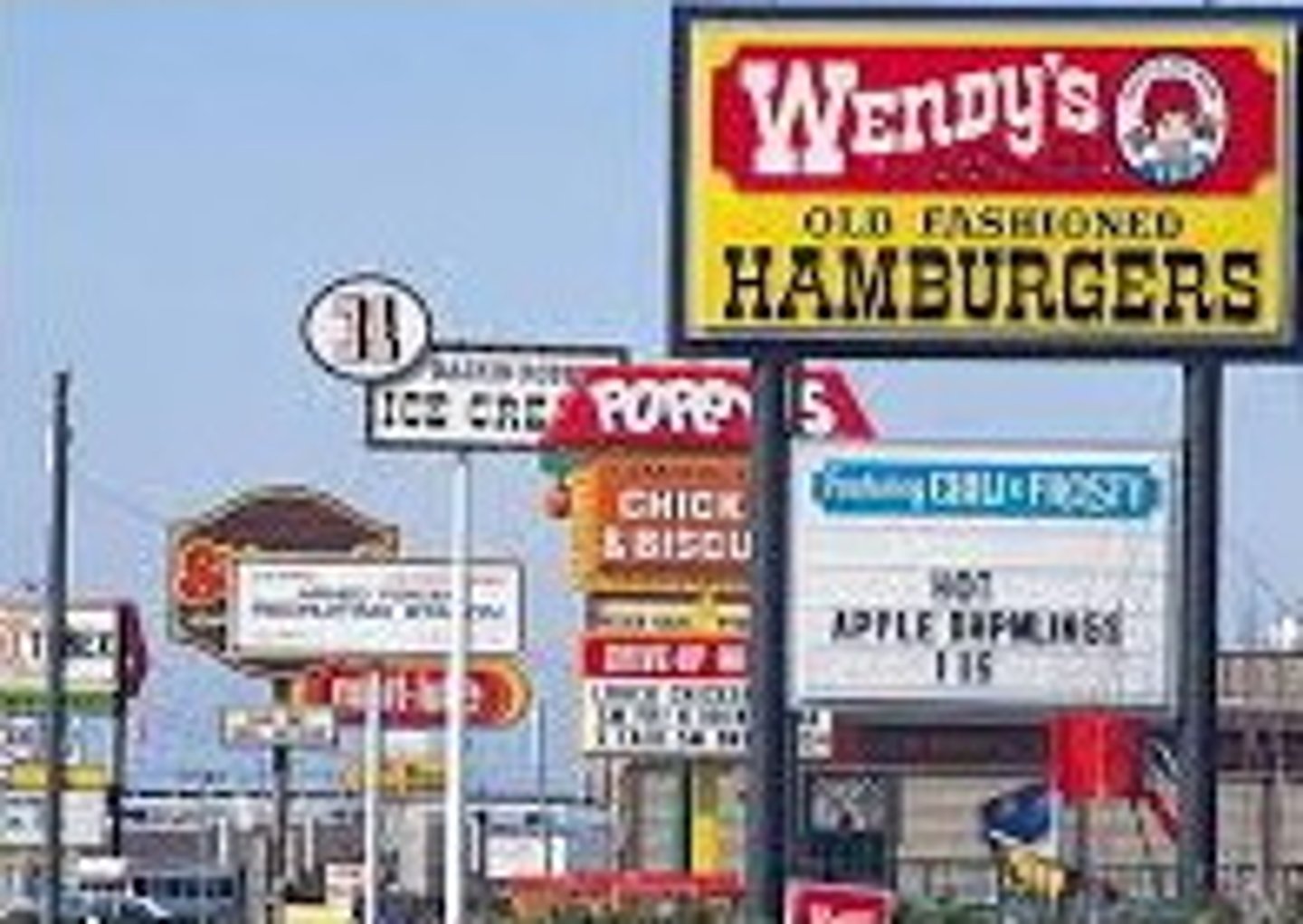APHG Ch. 4 Vocab
1/38
There's no tags or description
Looks like no tags are added yet.
Name | Mastery | Learn | Test | Matching | Spaced |
|---|
No study sessions yet.
39 Terms
Acculturation
The adoption of cultural traits, such as language, by one group under the influence of another.
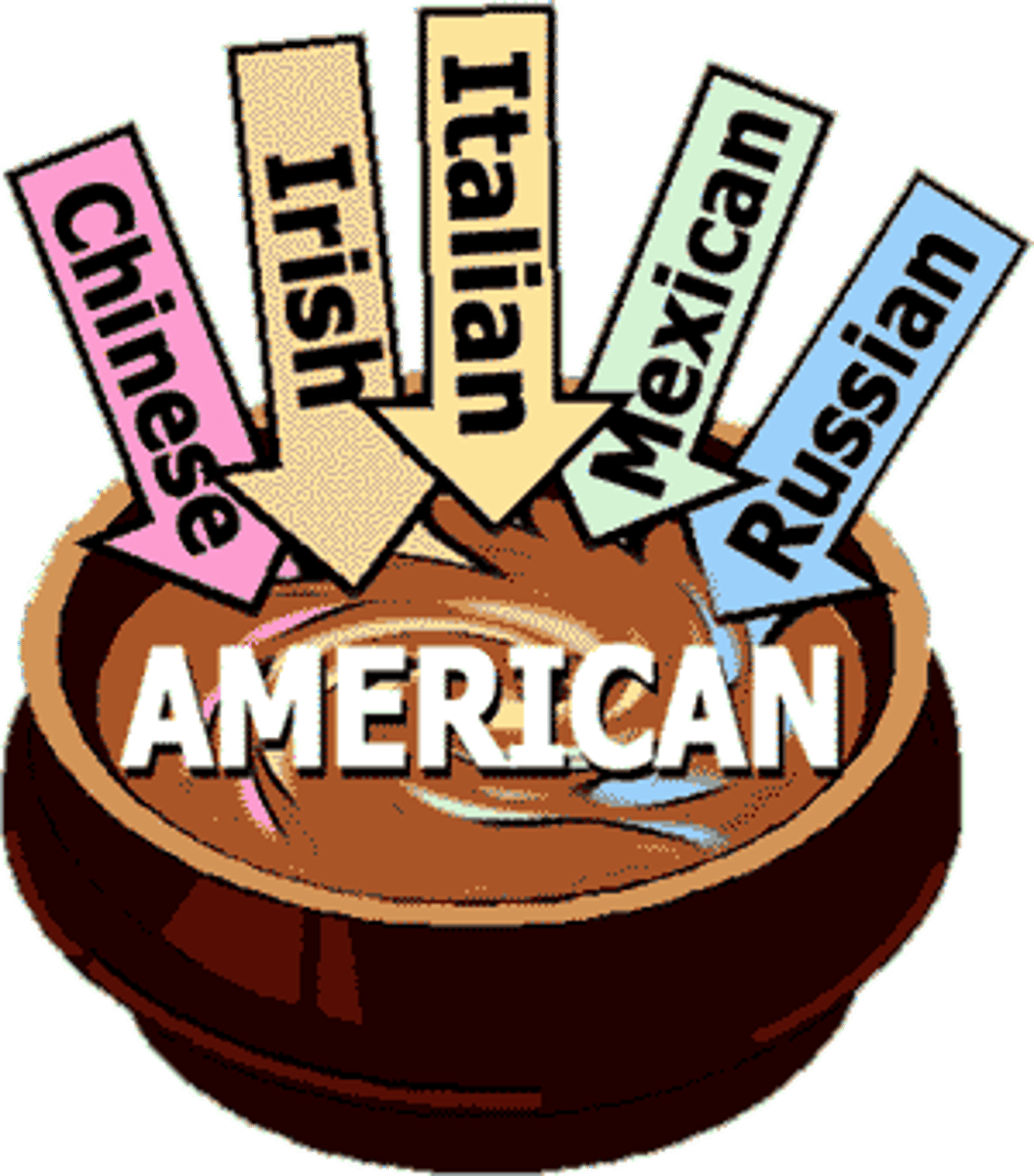
Assimilation
The process through which people lose originality differentiating traits, such as dress, speech, particularities, or mannerisms, when they come into contact with another society or culture.
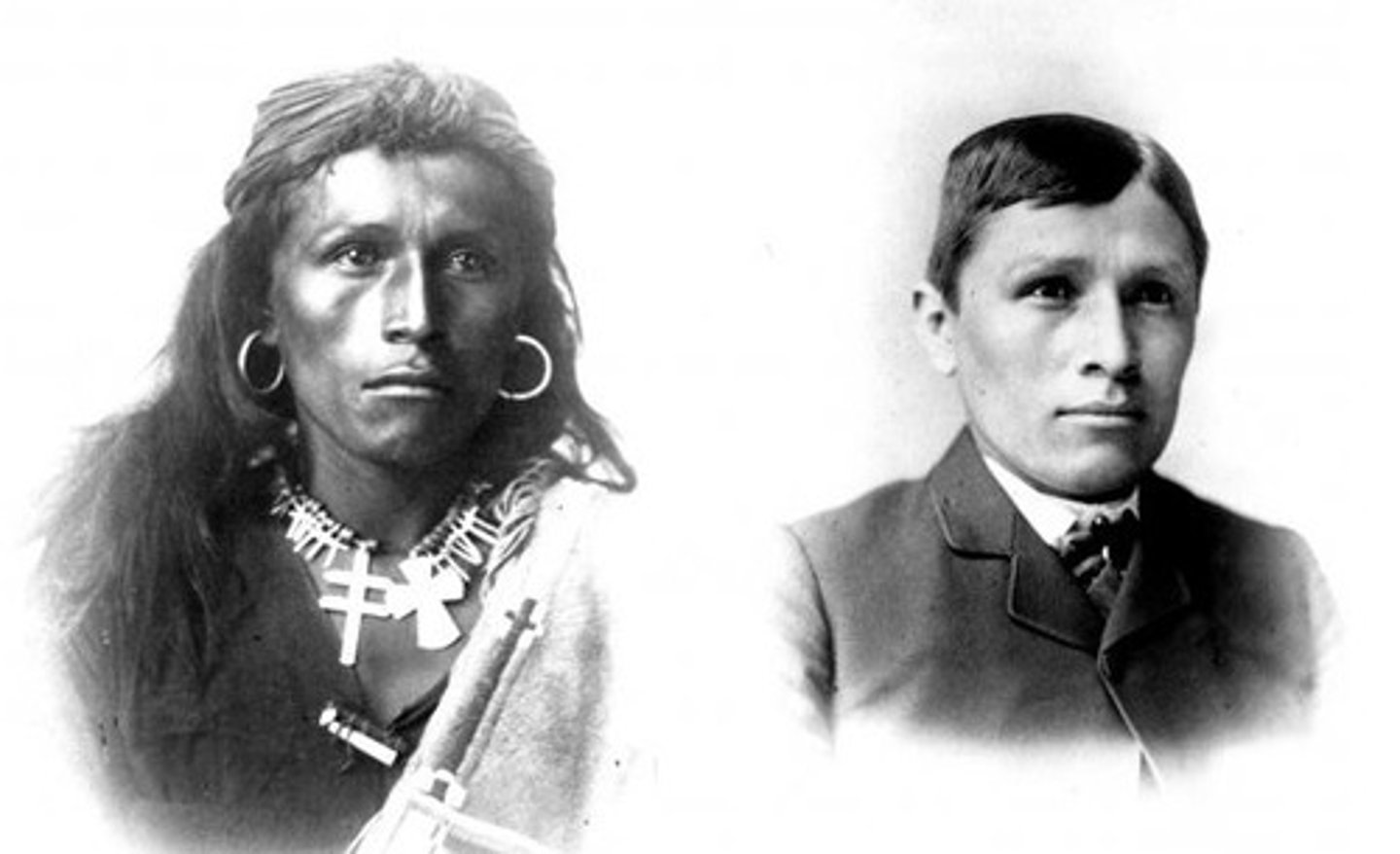
Artifact
The material manifestation of culture, including tools, housing, systems of land use, clothing, etc.
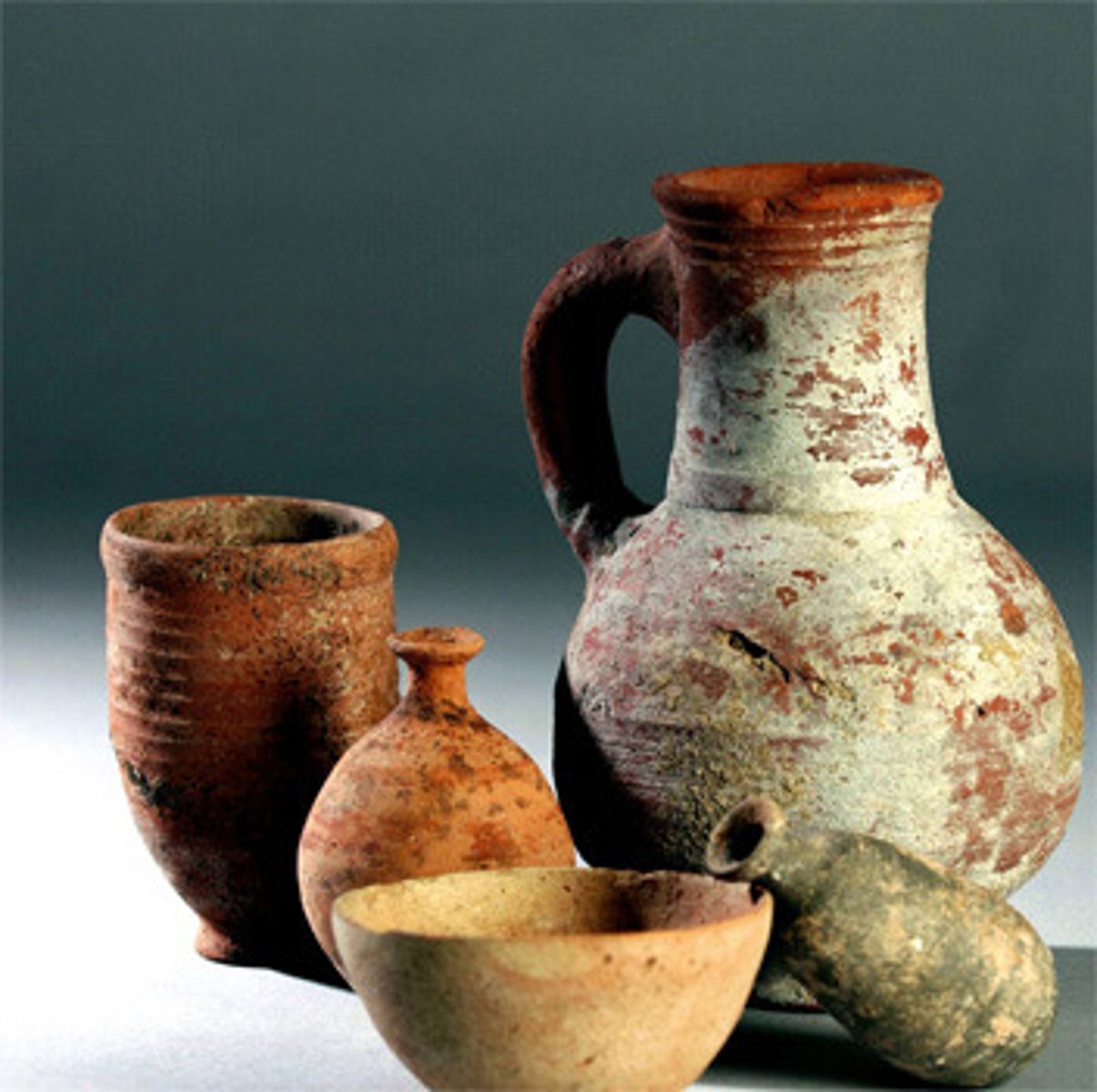
Built Environment
Part of the physical landscape that represents material culture, including buildings, roads, bridges, etc.
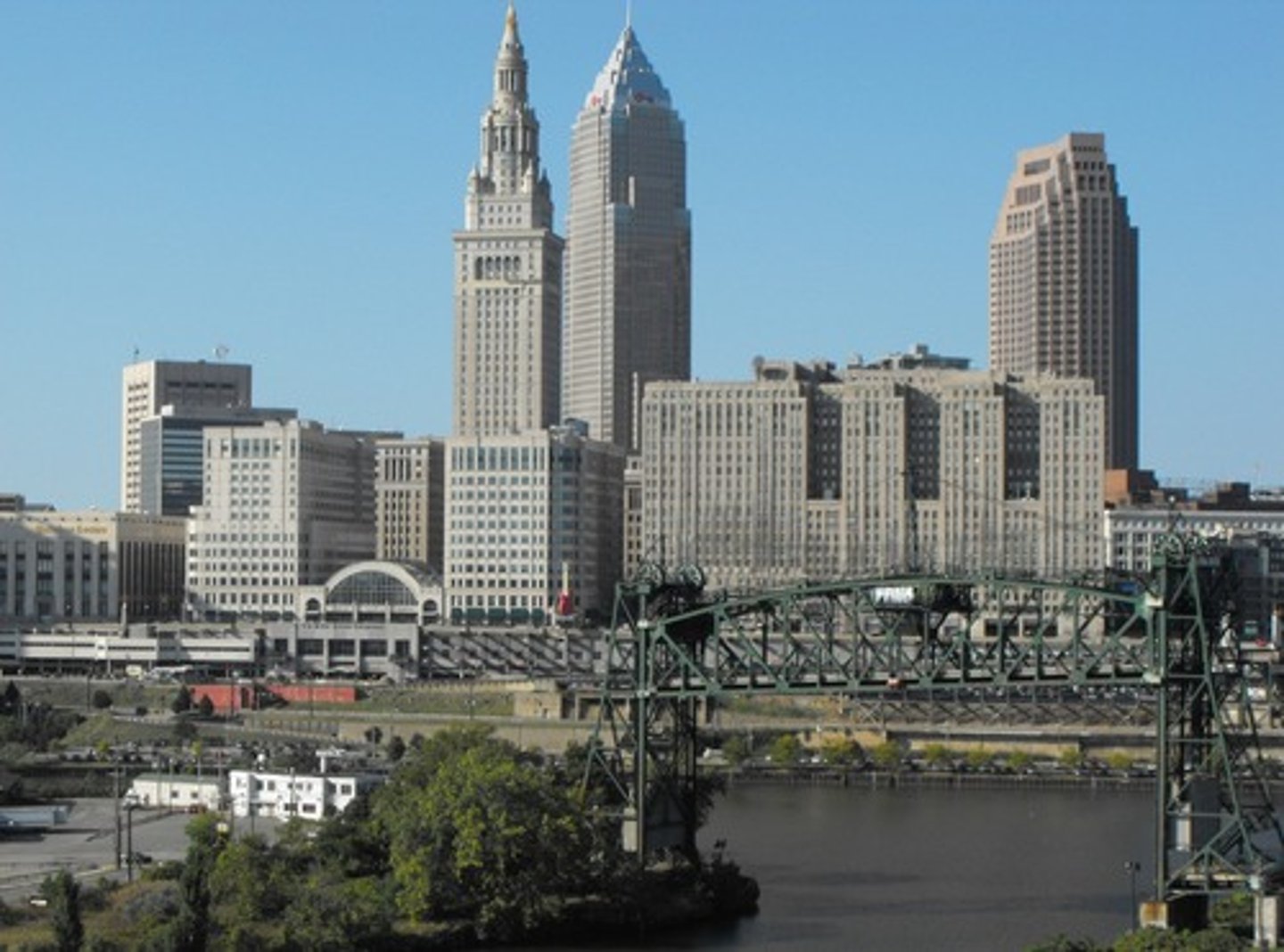
Contagious Diffusion
The rapid, widespread diffusion of a feature or trend throughout a population.
Core-domain-sphere model
A model that defines cultural regions and shows diffusion using colors. Purpose is to display the place where concentration of culture traits that characterizes a region is greatest.
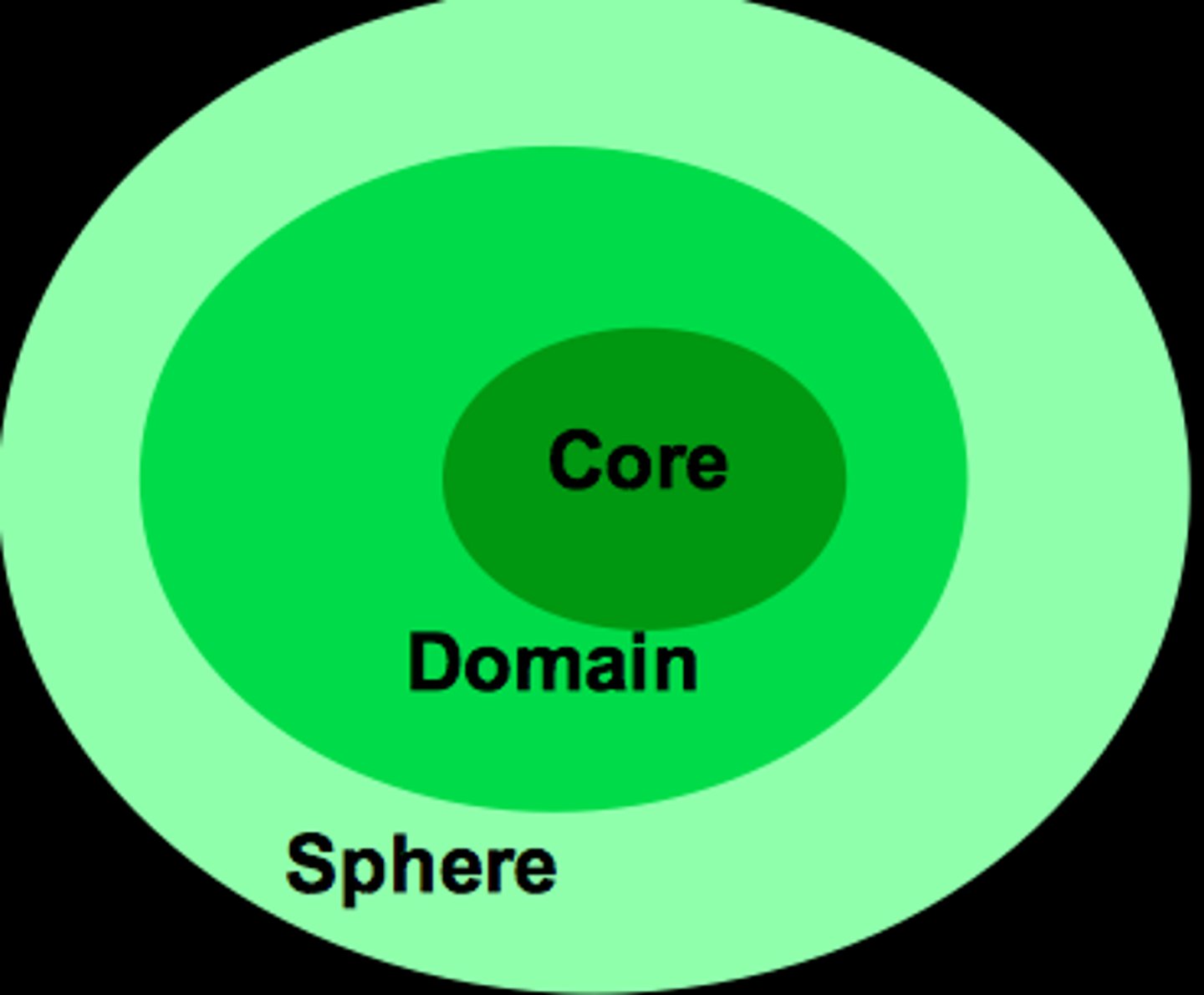
Cultural Convergence
The tendency for cultures to become more alike as they increasingly share technology and organizational structures in a modern world united by improved transportation and communication.

Cultural Ecology
Geographic approach that emphasizes human-environment relationships.
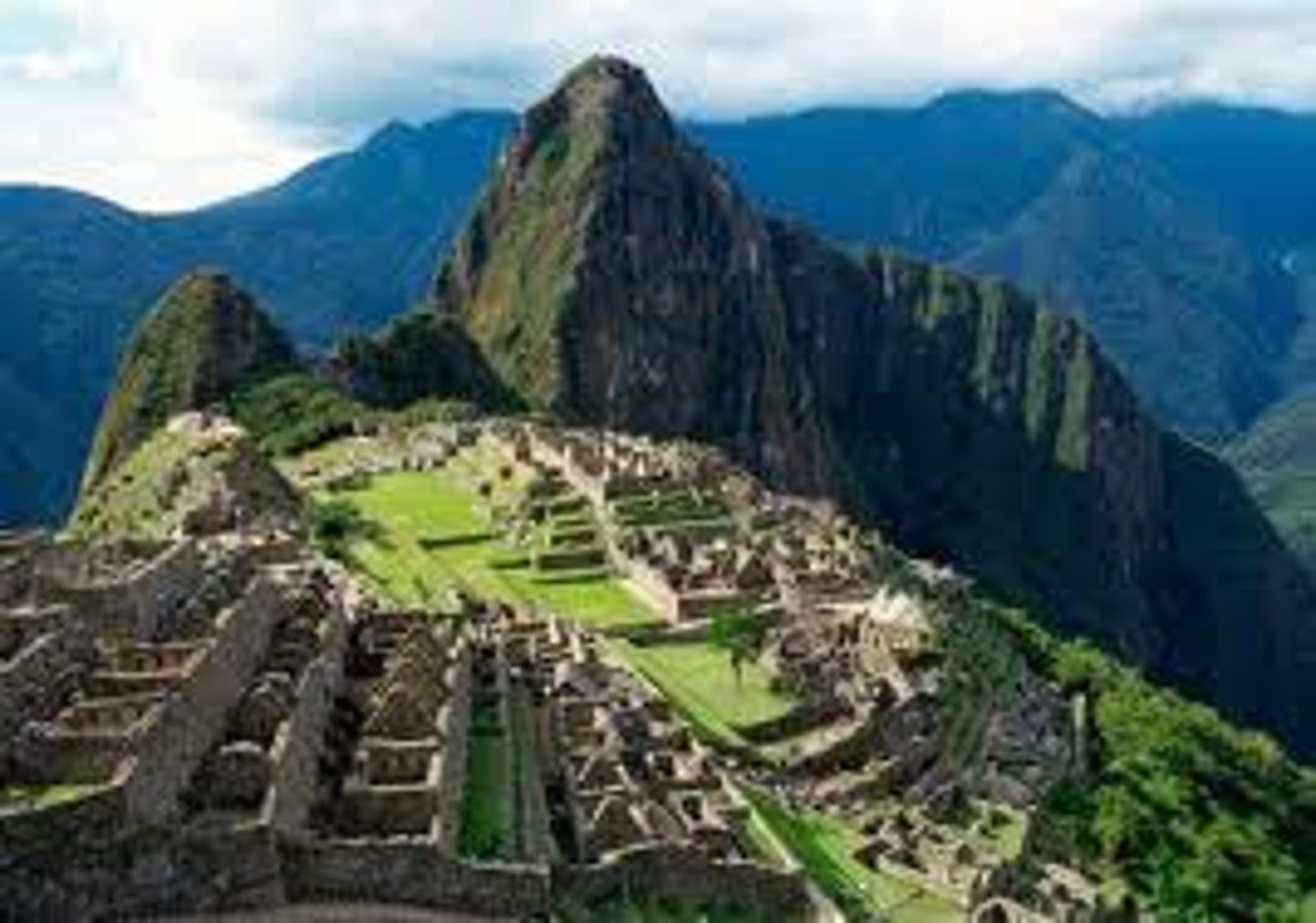
Cultural Perception
The varying attitudes and ideas that culture groups have regarding how space, place, and territory are identified and used.
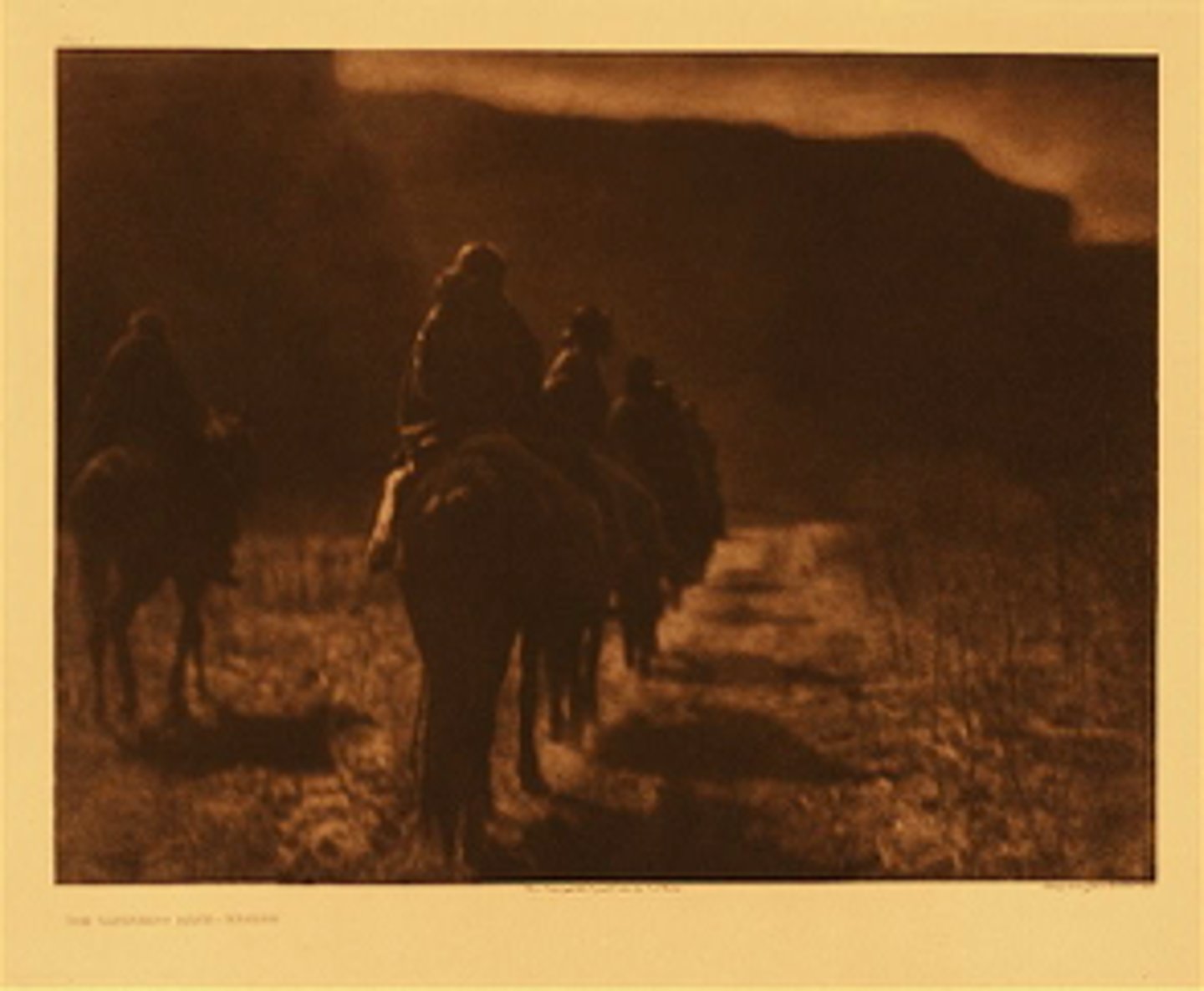
Cultural Landscape
Fashioning of a natural landscape by a cultural group.
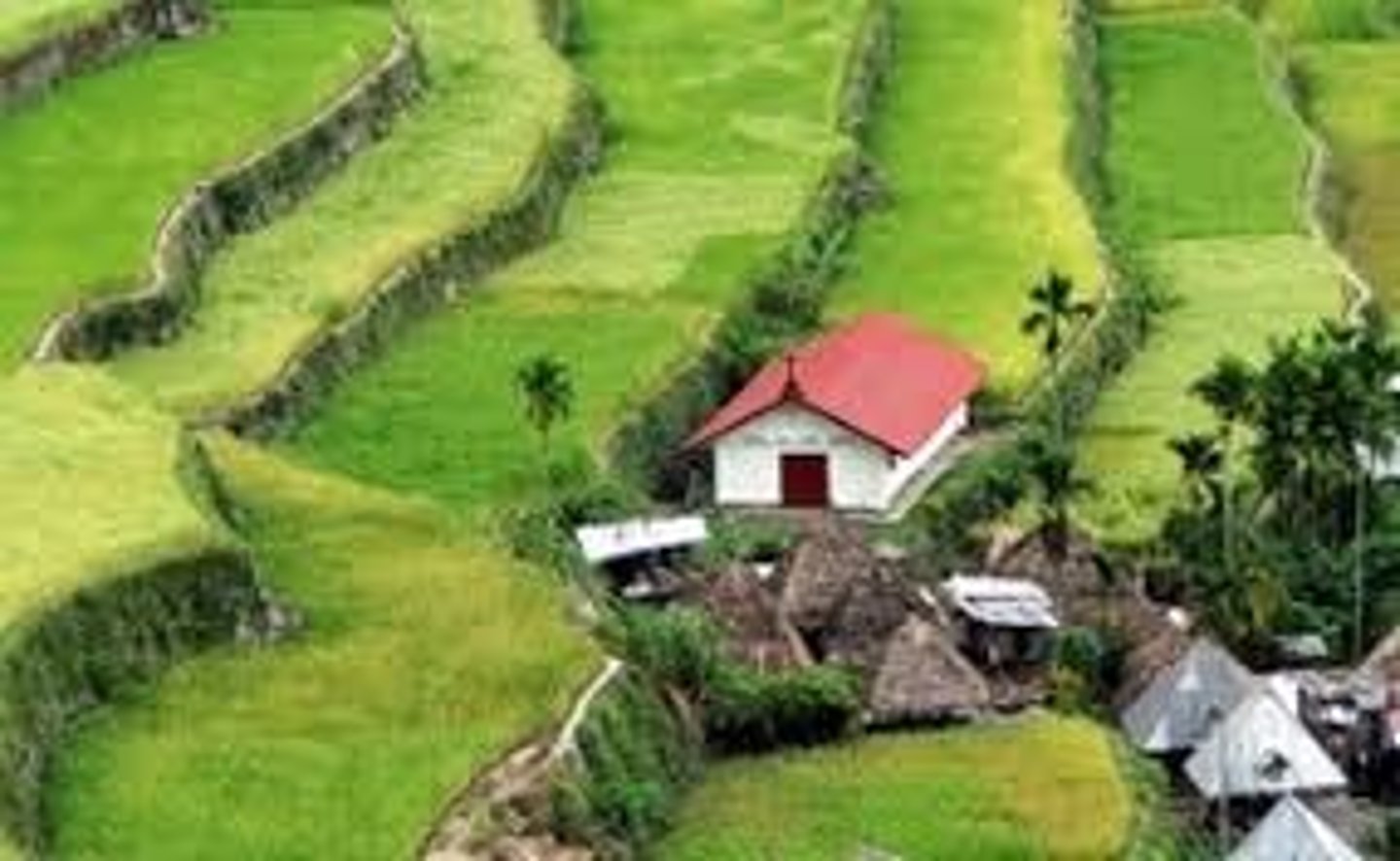
Cultural Realm
A collective of culture regions sharing related culture systems; a major world area having sufficient distinctiveness to be perceived as set apart from other realms in terms of cultural characteristics and complexes.
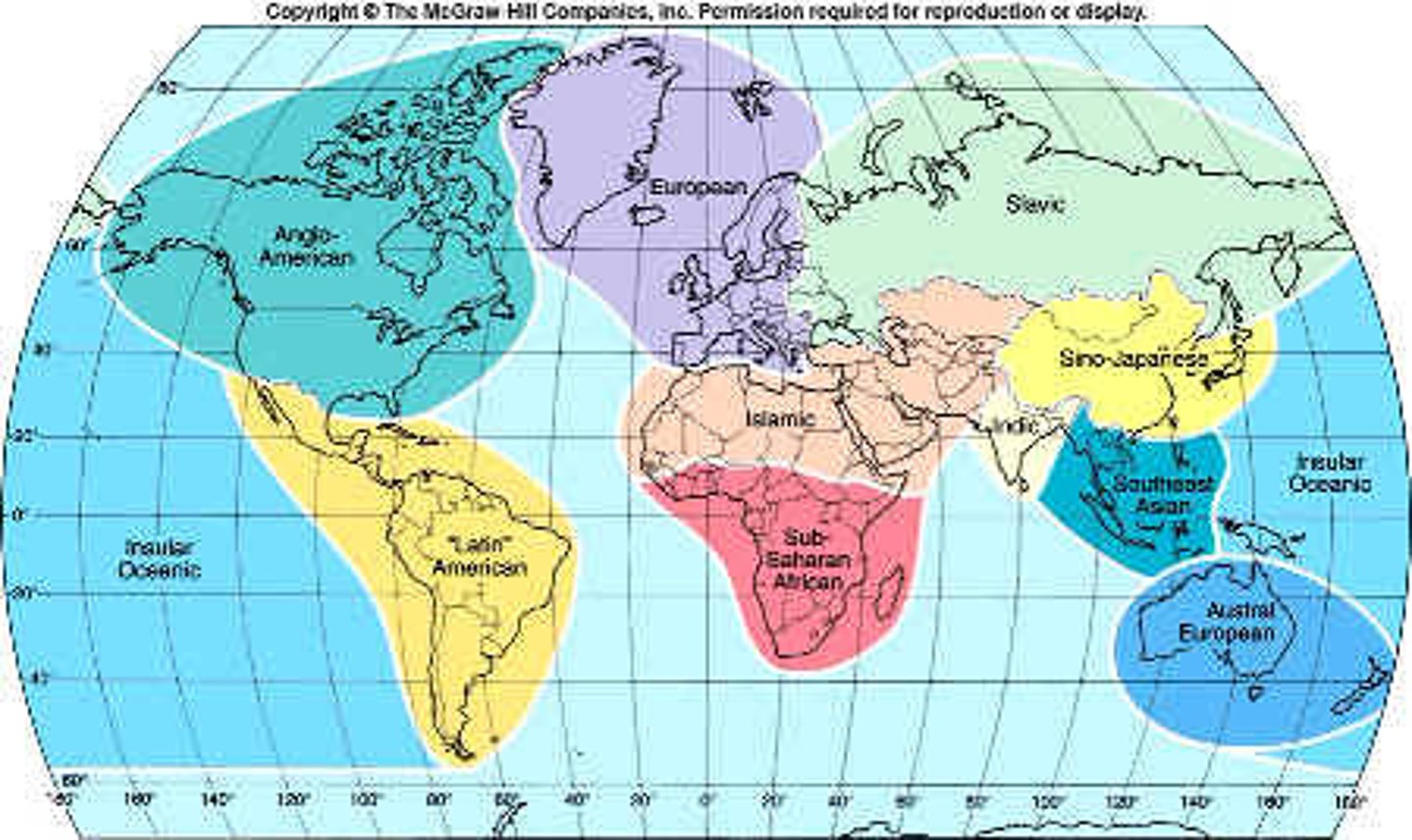
Culture
The body of customary beliefs, social forms, and material traits that together constitute a group of people's distinct tradition.
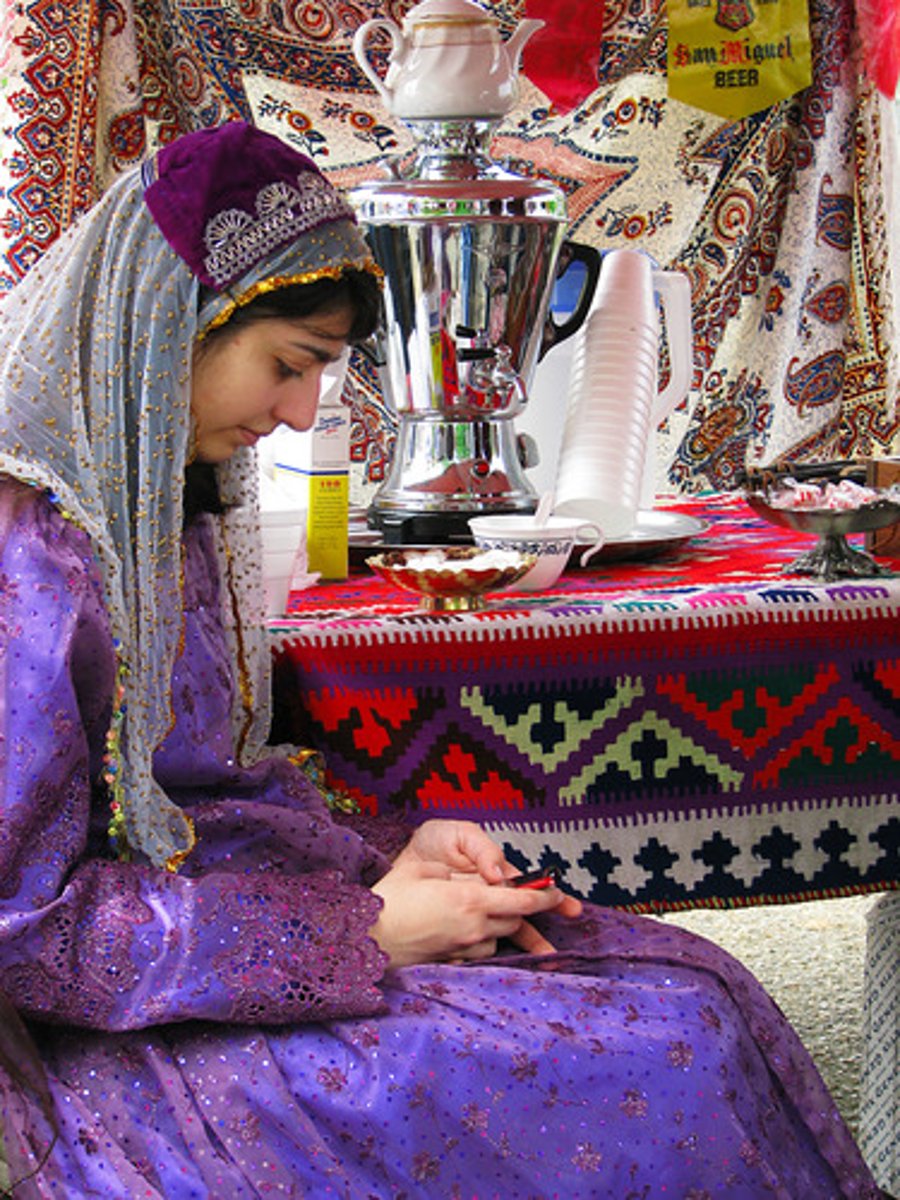
Culture Complex
A related set of culture traits descriptive of one aspect of society's behavior or activity - may be associated with religious beliefs or business practices.
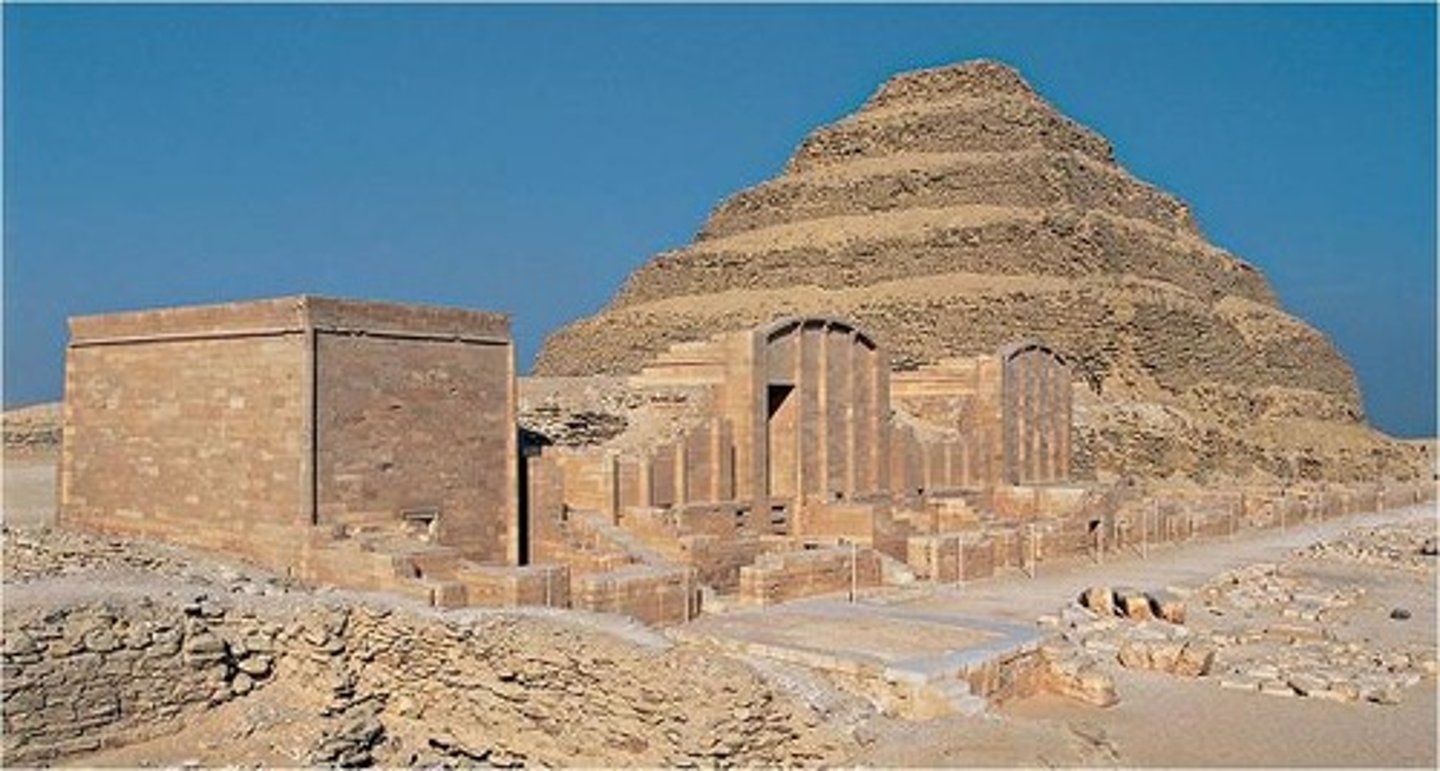
Culture Hearth
Locations on earth's surface where specific cultures first arose.
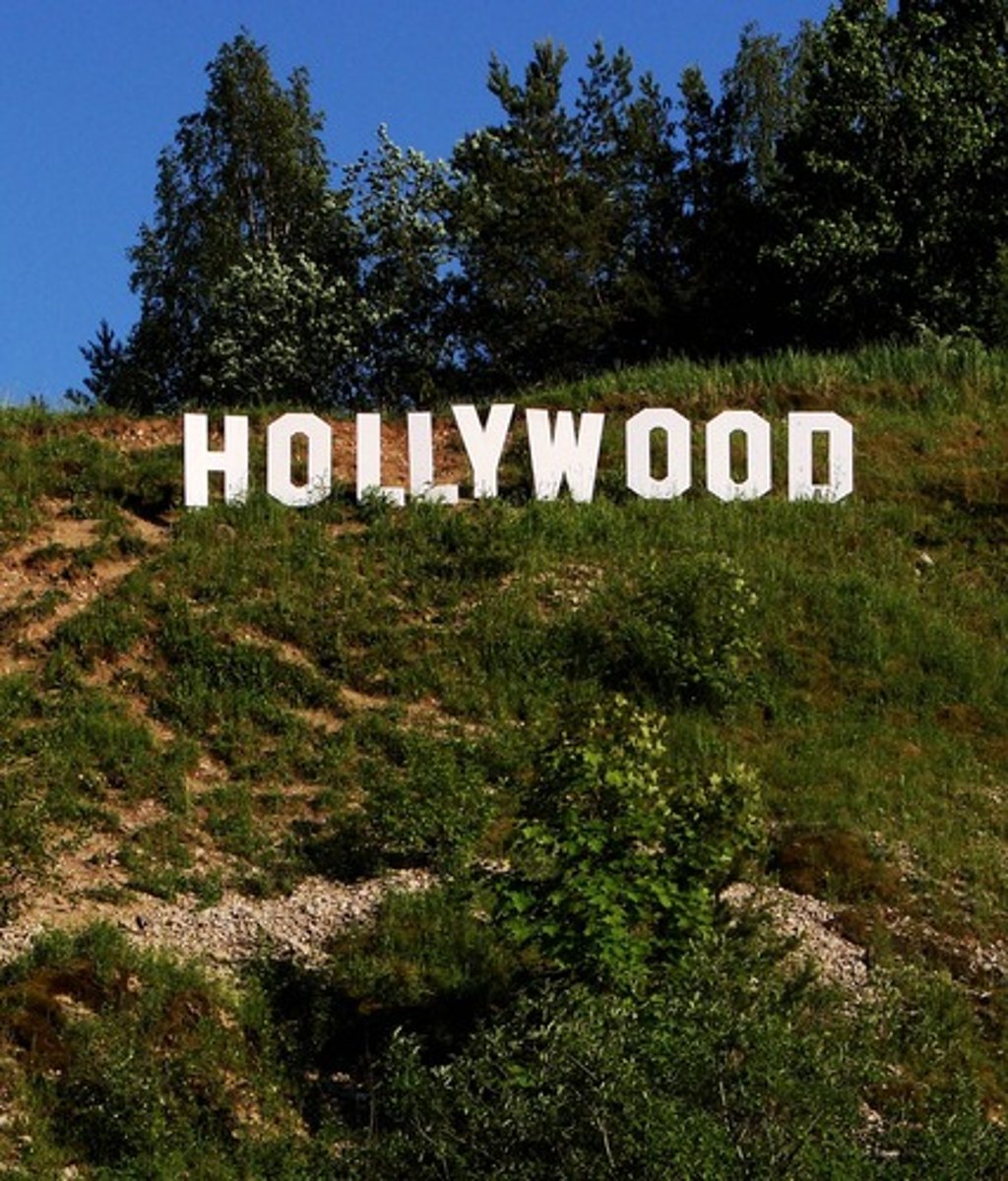
Culture Region
A region defined by similar culture traits and cultural landscape features.
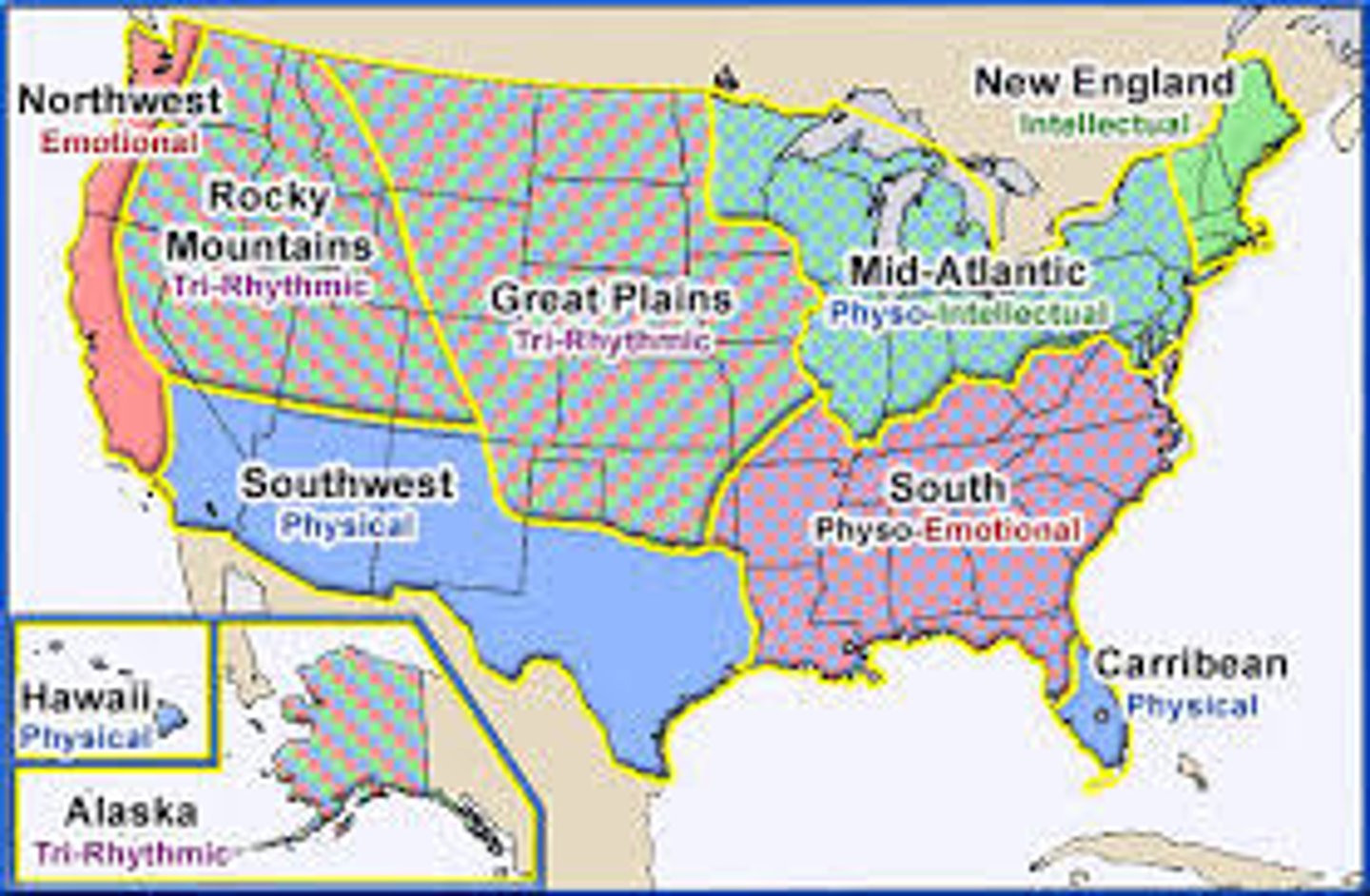
Culture Trait
The specific customs that are part of the everyday life of a particular culture, such as language, religion, ethnicity, social institutions, and aspects of popular culture.

Custom
The frequent repetition of an act, to the extent that it becomes characteristic of the group of people performing the act.

Environmental Determinism
A nineteenth and early twentieth century approach to the study of geography that argued that the general laws sought by human geographers could be found in the physical sciences. Geography was therefore the study of how the physical environment caused human activities.
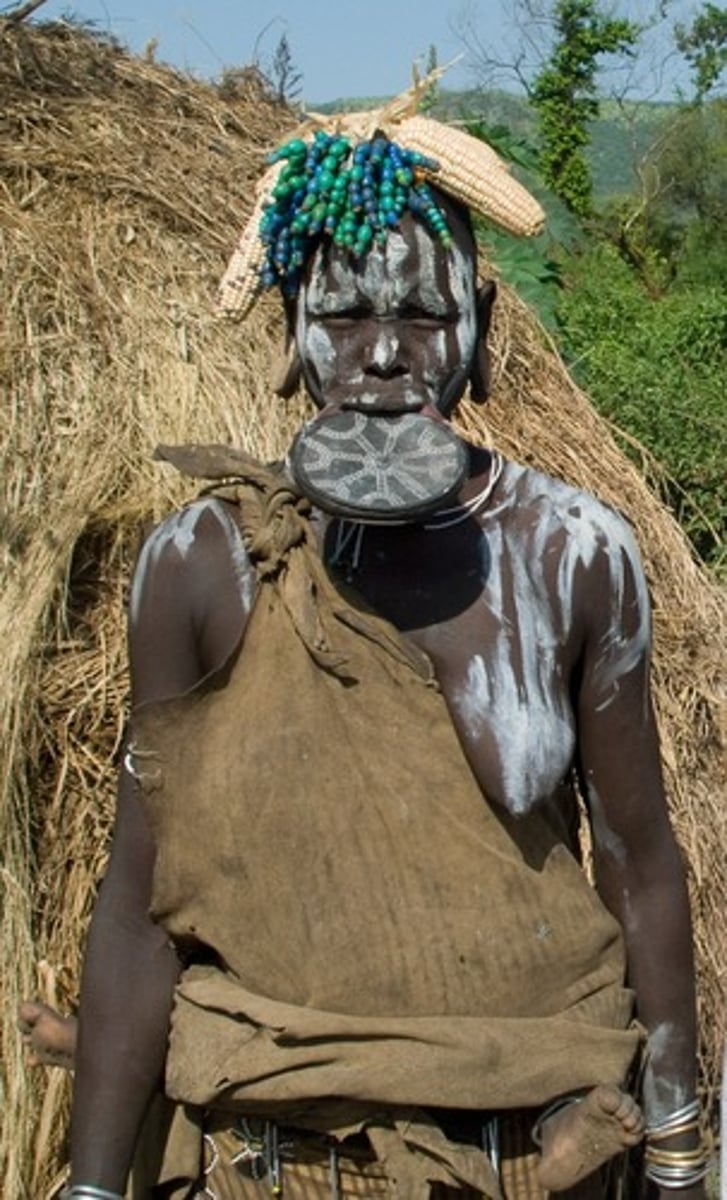
Ethnic Enclave
A small area occupied by a distinctive minority culture.
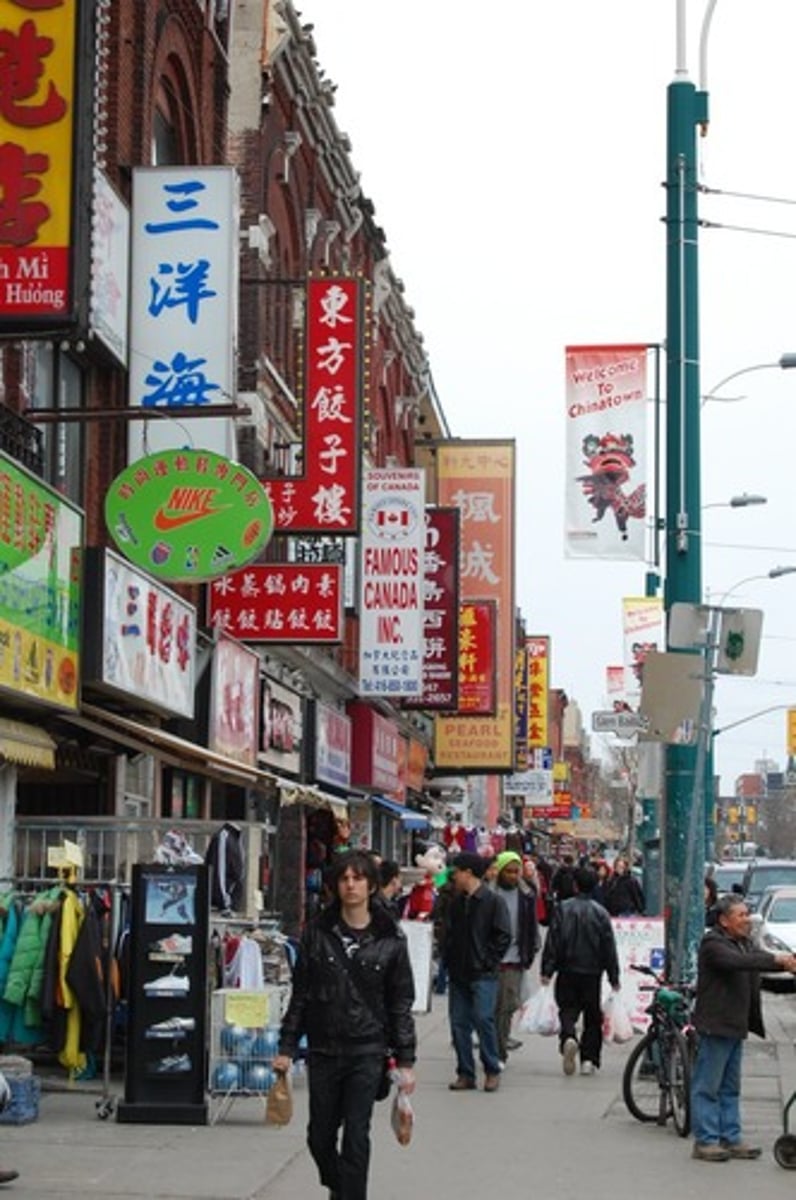
Ethnocentrism
Is a feeling of one's own ethnic group superiority that tends to encourage isolation and to inhibit the amalgamation of complex societies. Ethnic distinctions may be based either on cultural or racial characteristics. The former involves acquired traits, the latter genetic differences.
Folk culture
Culture traditionally practiced by a small, homogeneous, rural group living in relative isolation from other groups.
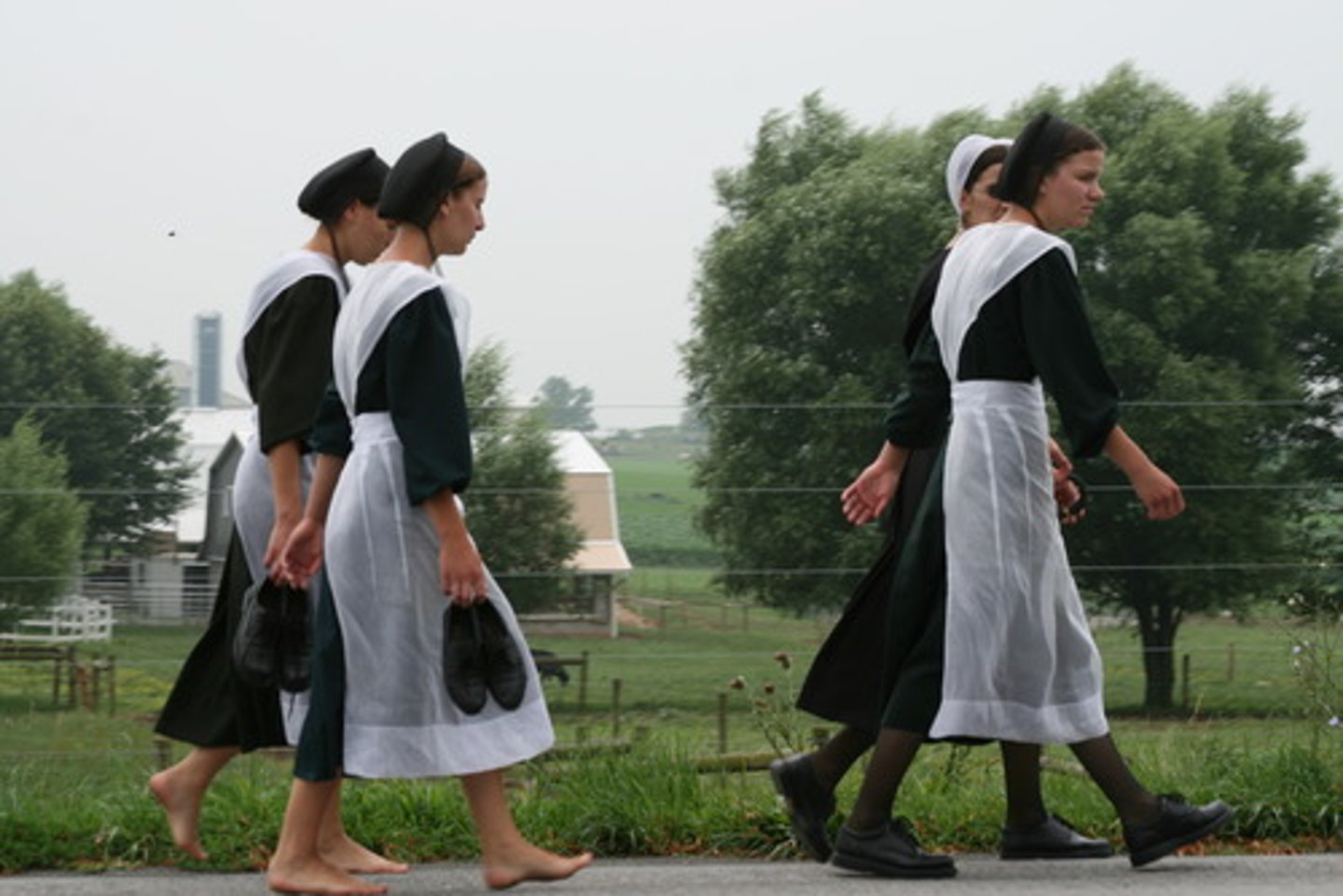
Globalization
Actions or processes that involve the entire world and result in making something worldwide in scope.

Glocalization
The adaptation of a product or service specifically to the culture of each region where it's being sold. For example, the McDonald's restaurants in Korea are trying to appeal to that culture by selling 'Kimchi burgers' or 'Bulgogi Burger.'

Habit
A repetitive act performed by a particular individual.
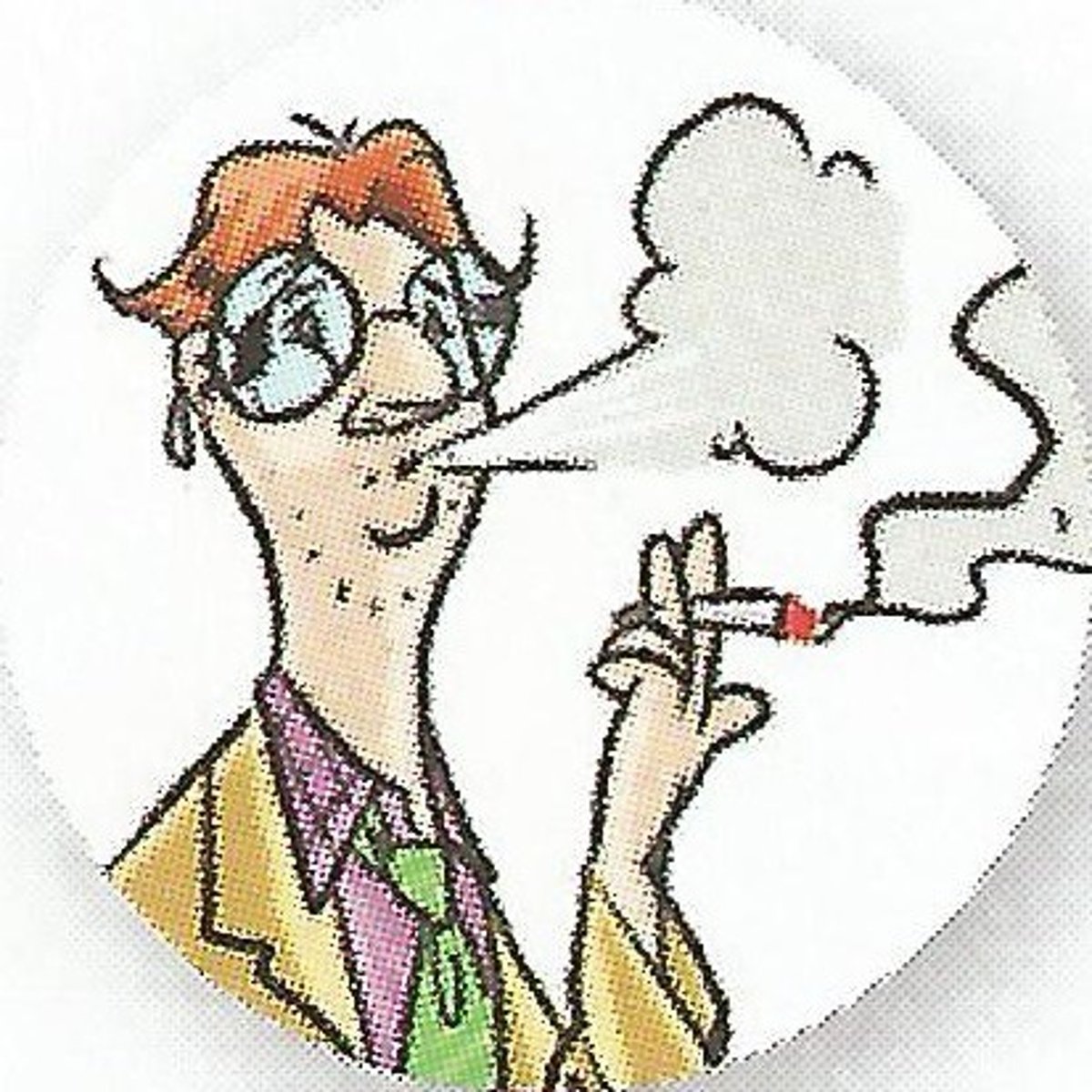
Hierarchical Diffusion
The spread of a feature or trend from one key person or node of authority or power to other persons or places.

Indigenous culture
A culture group that constitutes the original inhabitants of a territory, distinct from the dominant national culture, which is often derived from colonial occupation.
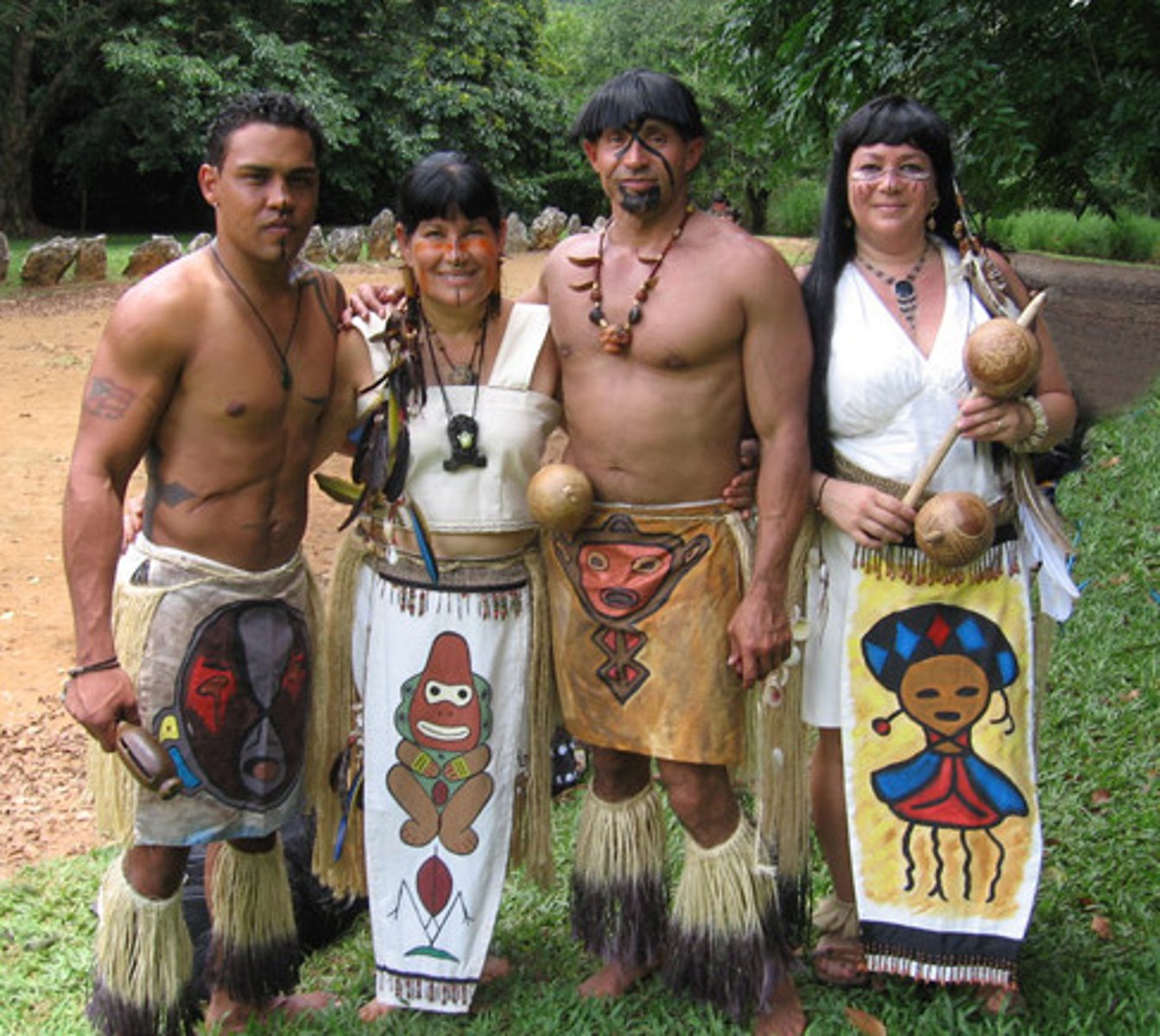
Maladaptive Diffusion
An idea or innovation that is not suitable for the environment in which it spreads into.
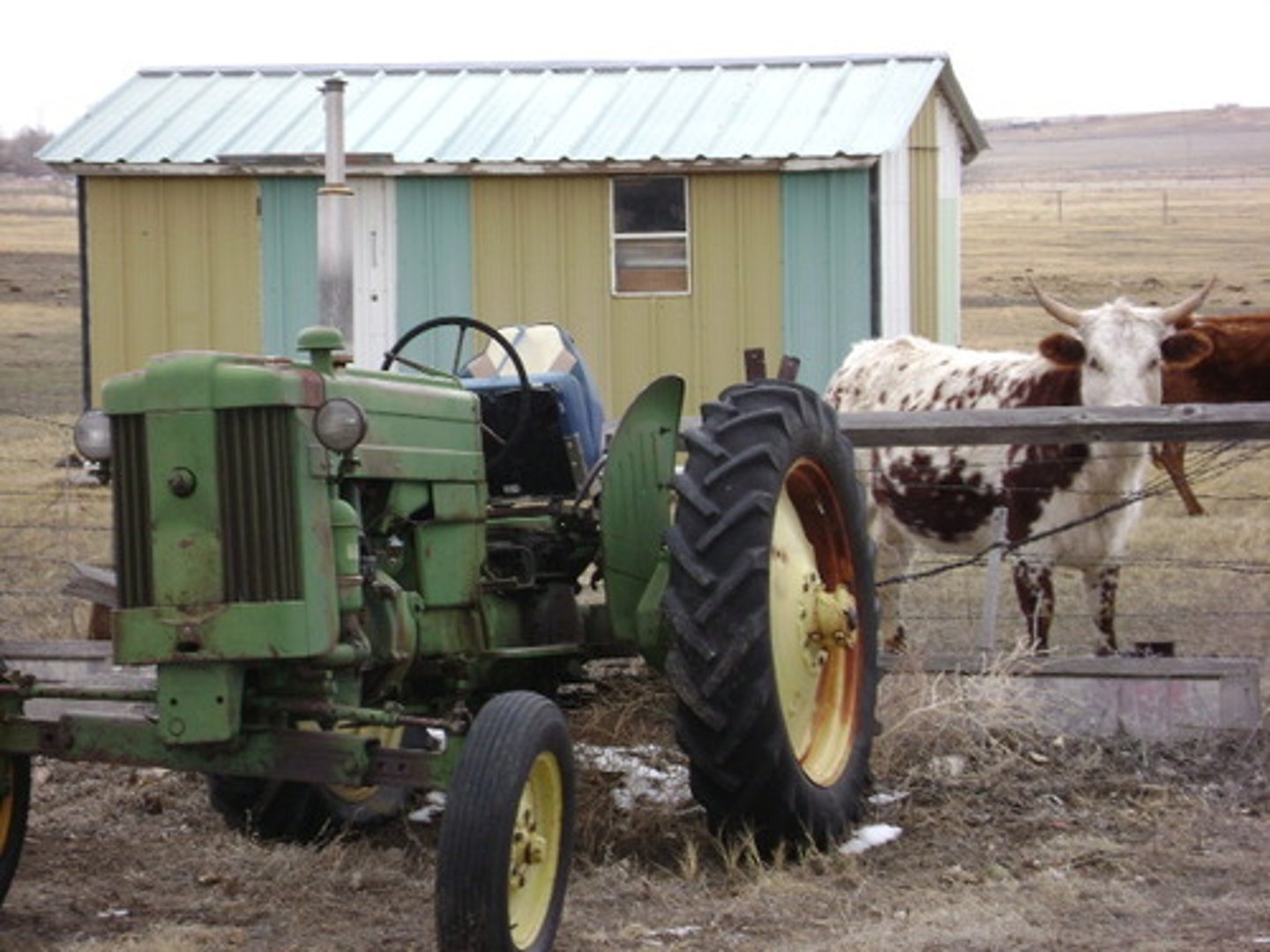
Material Culture
The tangible, physical items produced and used by members of a specific culture group and reflective of their traditions, lifestyles and technologies.
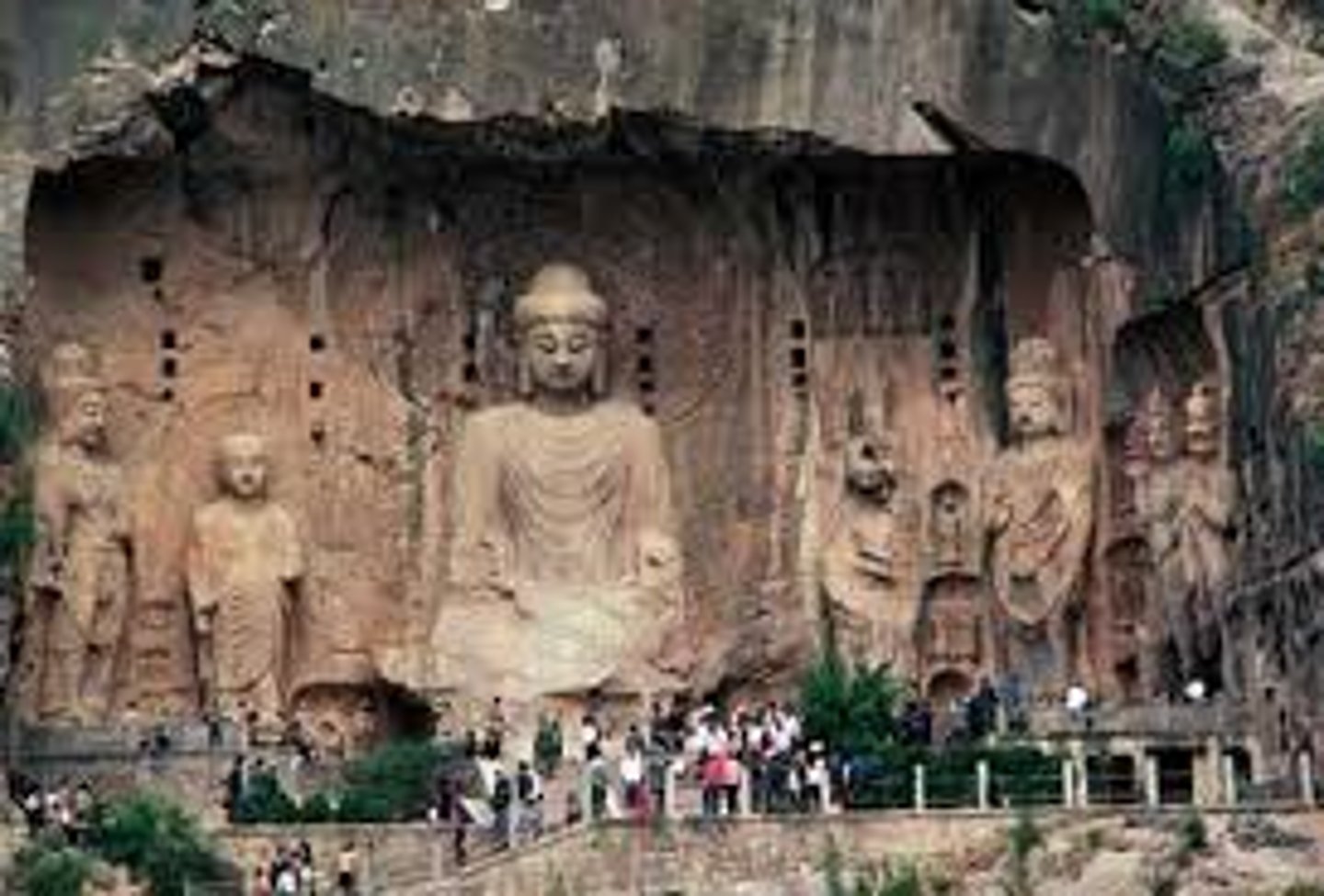
Mentifacts
The central, enduring elements of a culture expressing its values and beliefs, including language, religion, folklore, etc.
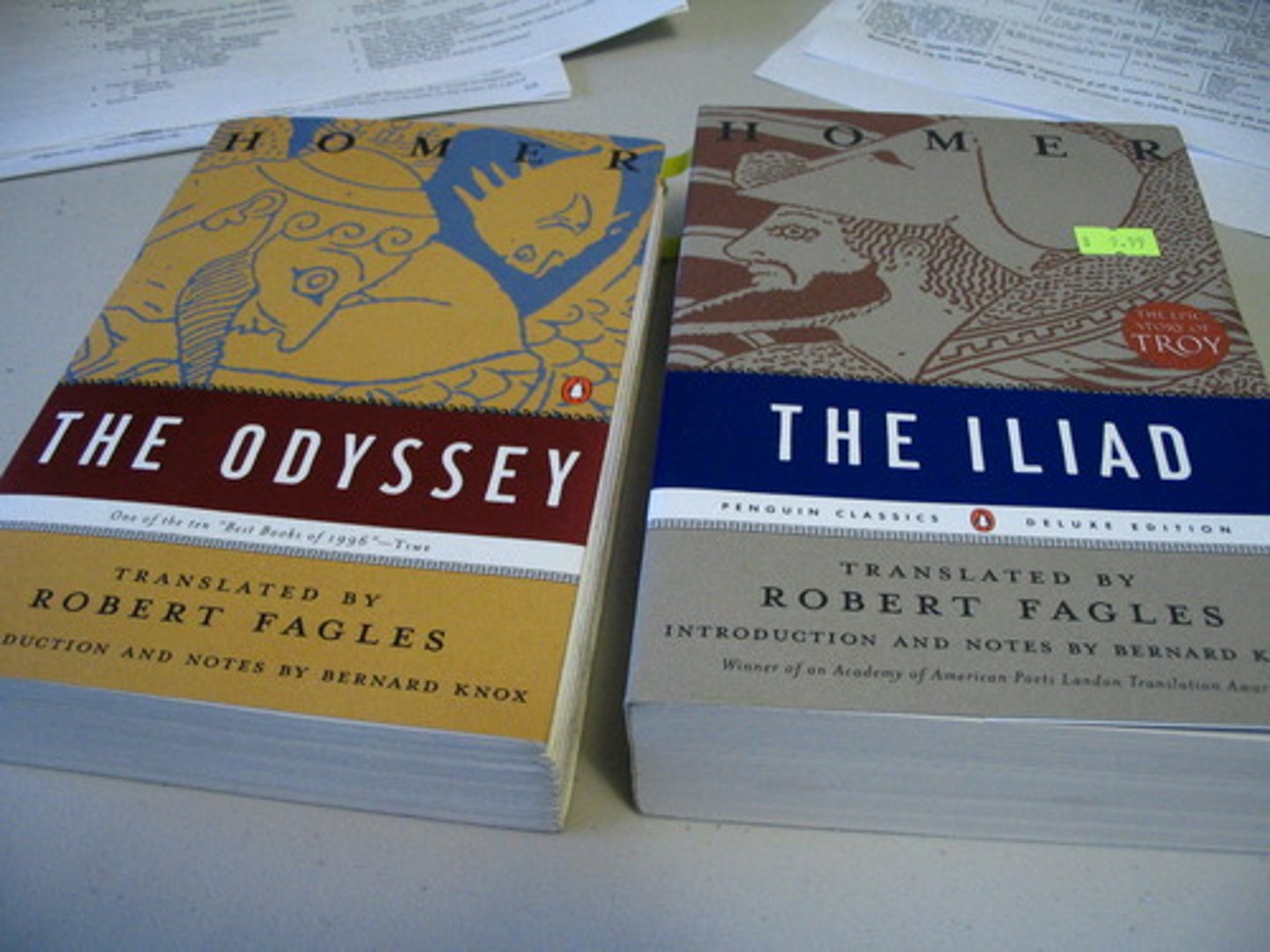
Place
Uniqueness of a location.

Placelessness
The loss of uniqueness of place in the cultural landscape so that one place looks like the next.
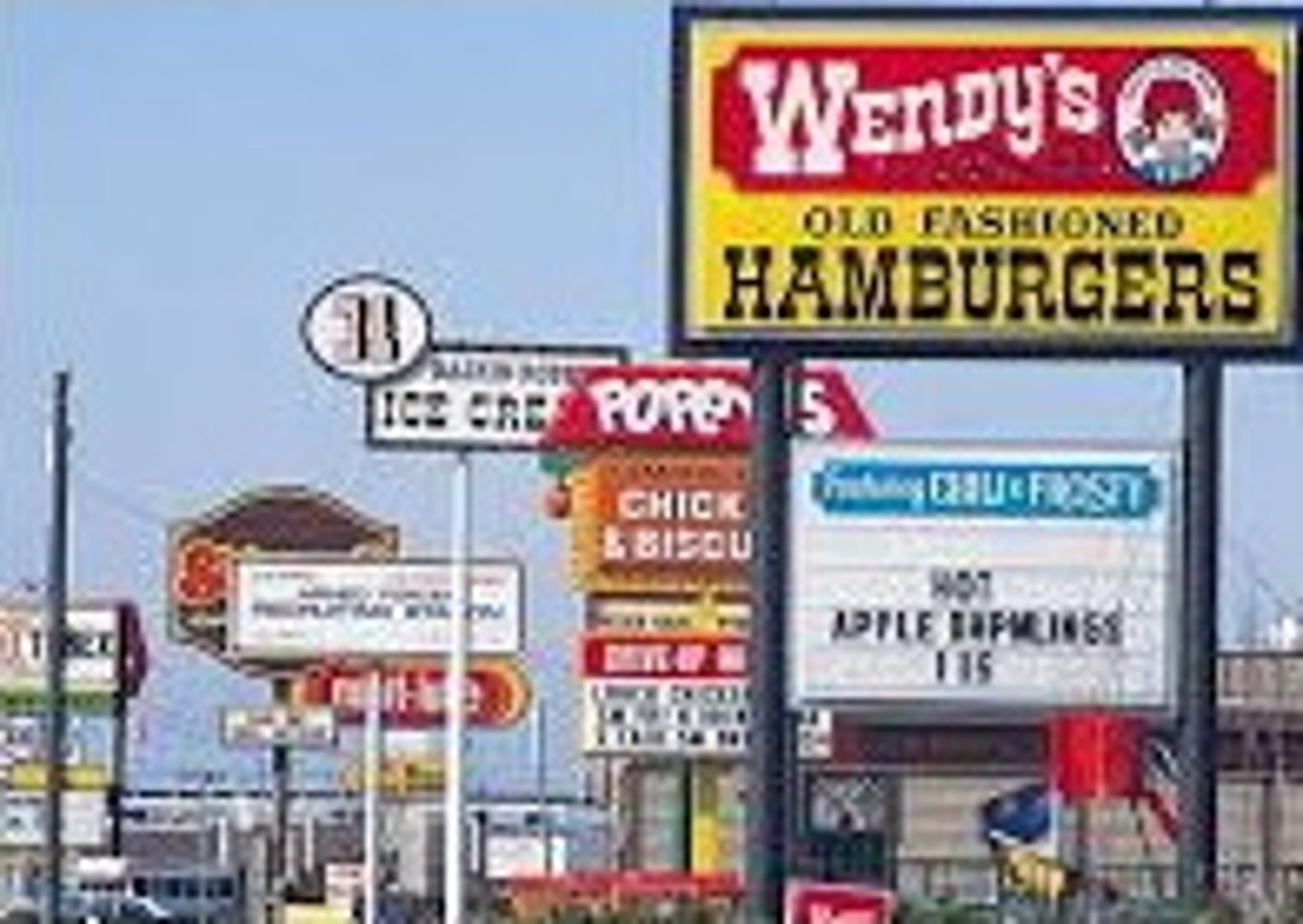
Popular culture
Culture found in a large, heterogeneous society that shares certain habits despite differences in other personal characteristics.
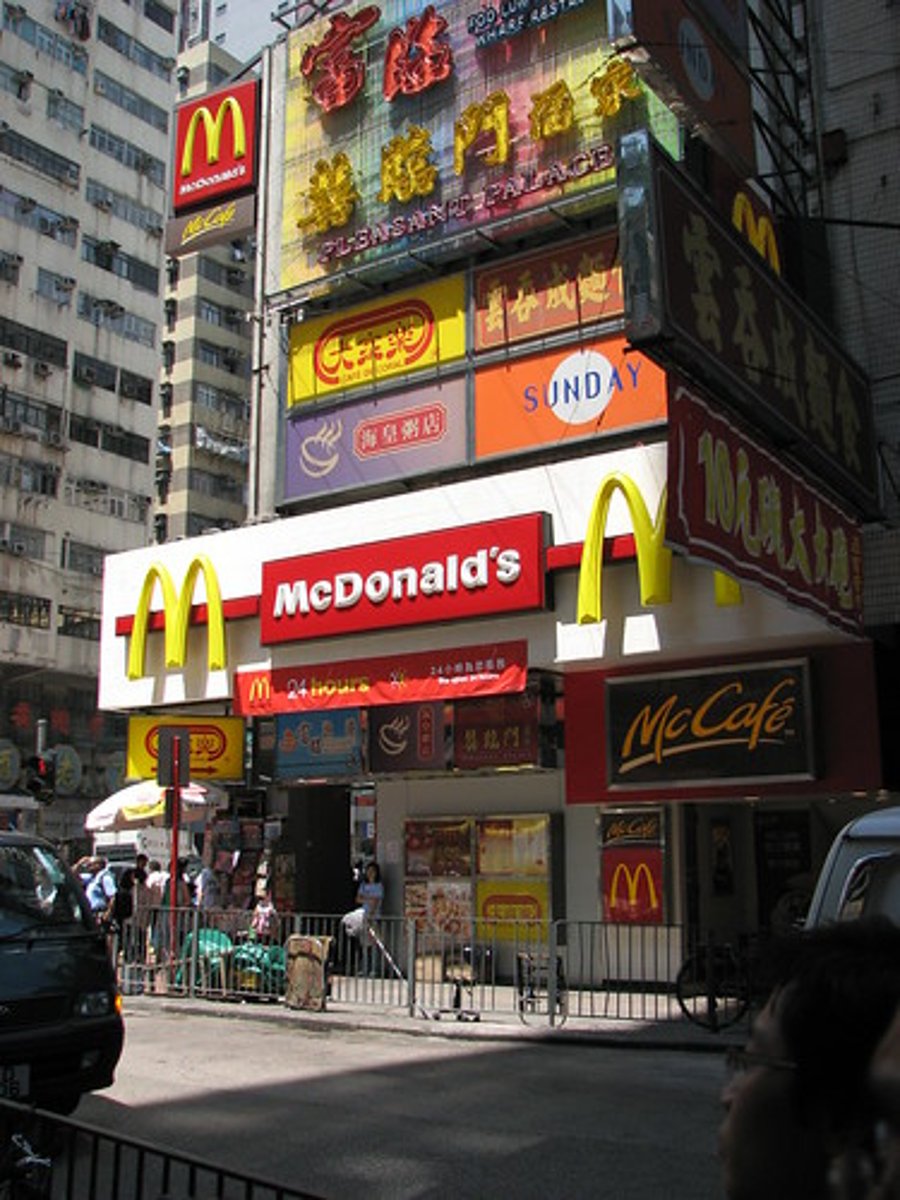
Possiblism
The theory that the physical environment may set limits on human actions, but people have the ability to adjust to the physical environment and choose a course of action from many alternatives
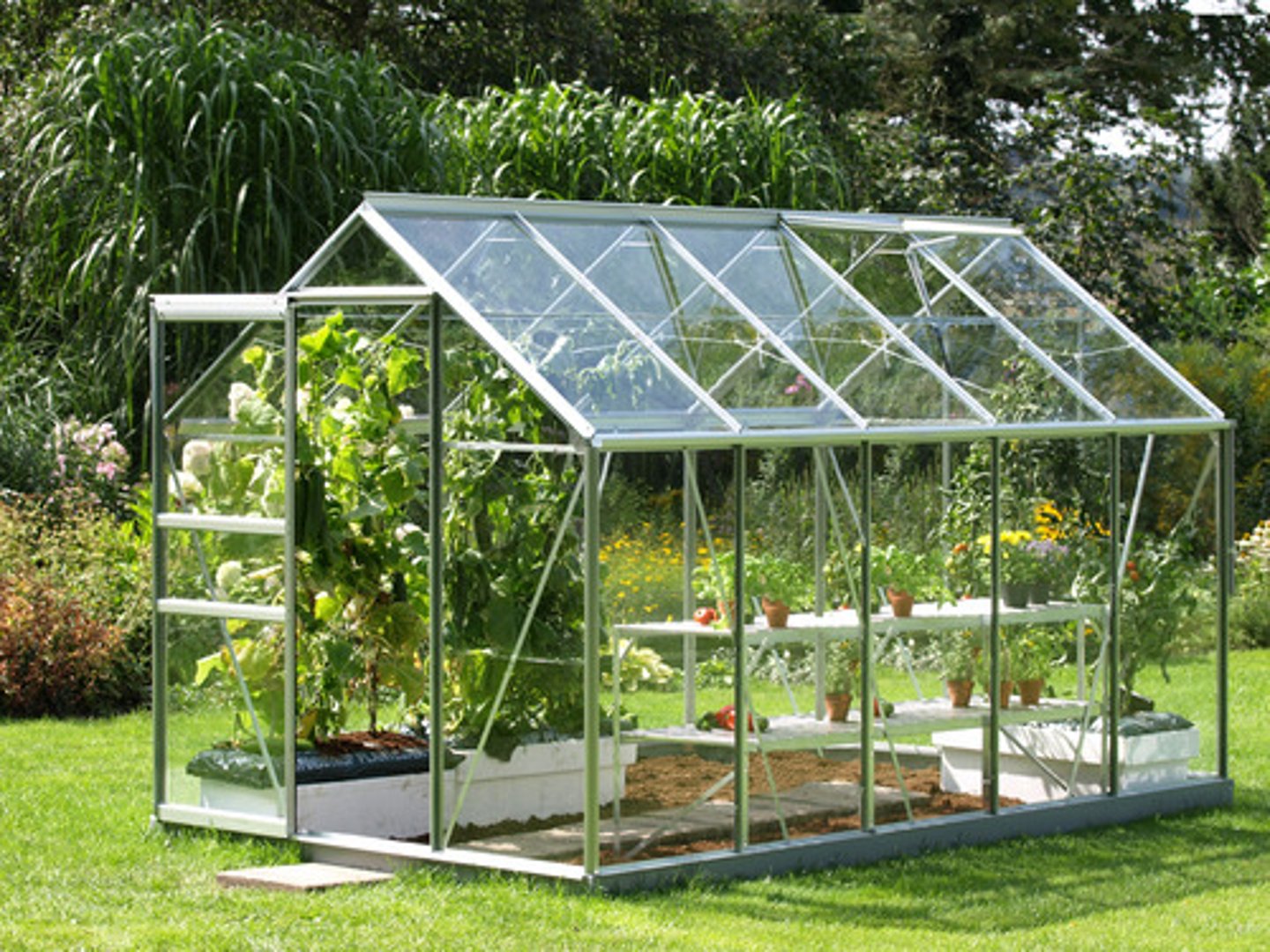
Sequent Occupance
Notion that successful societies leave their cultural imprints on a place each contributing to the cumulative cultural landscape.
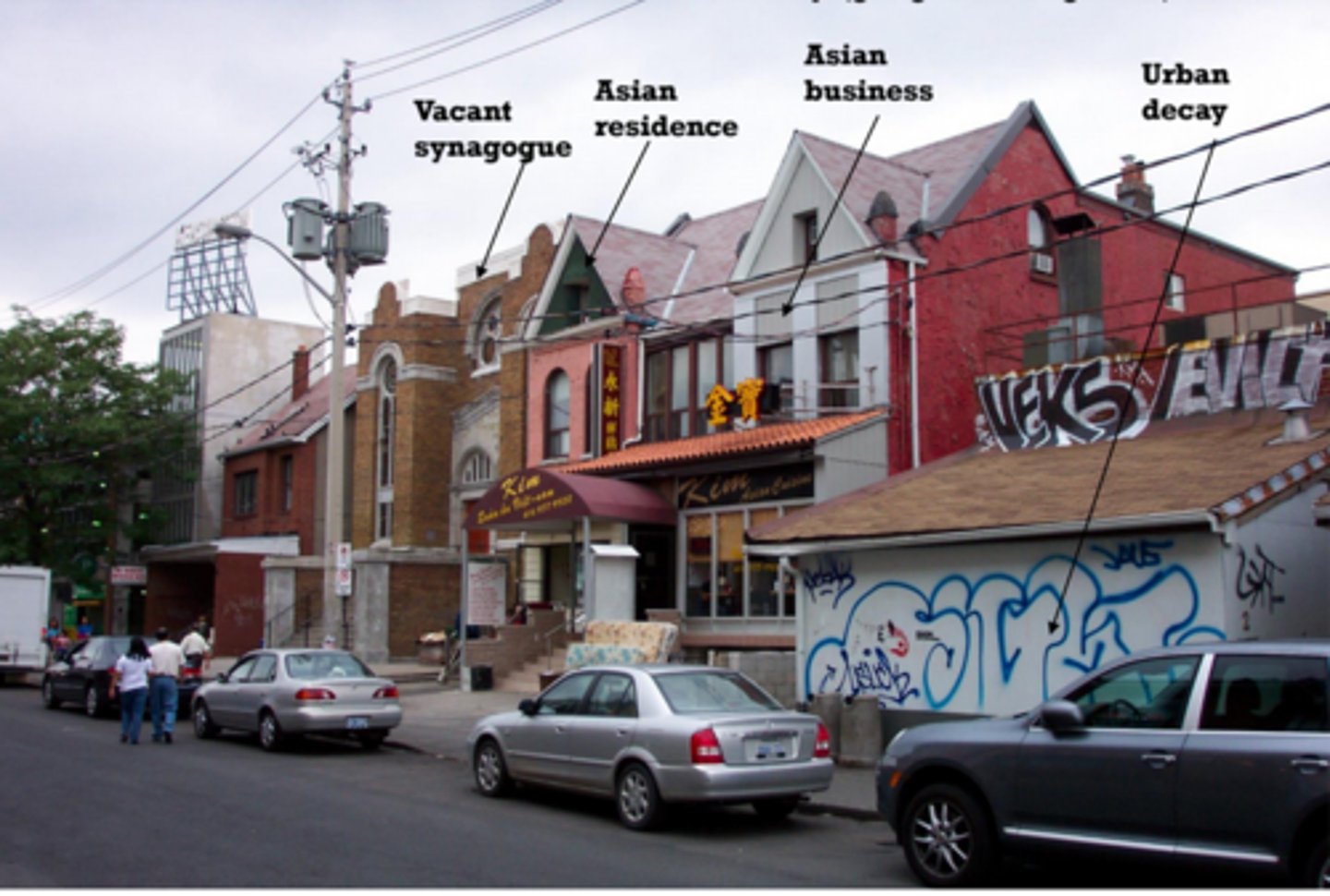
Sociofact
Institutions & links between individuals & groups that unite a culture, including family structure & political, educational & religious institutions.

Stimulus Diffusion
The spread of an underlying principle, even though a specific characteristic is rejected.

Taboo
A restriction on behavior imposed by social custom.

Terroir
The contribution of a location's distinctive physical features to the way food tastes.
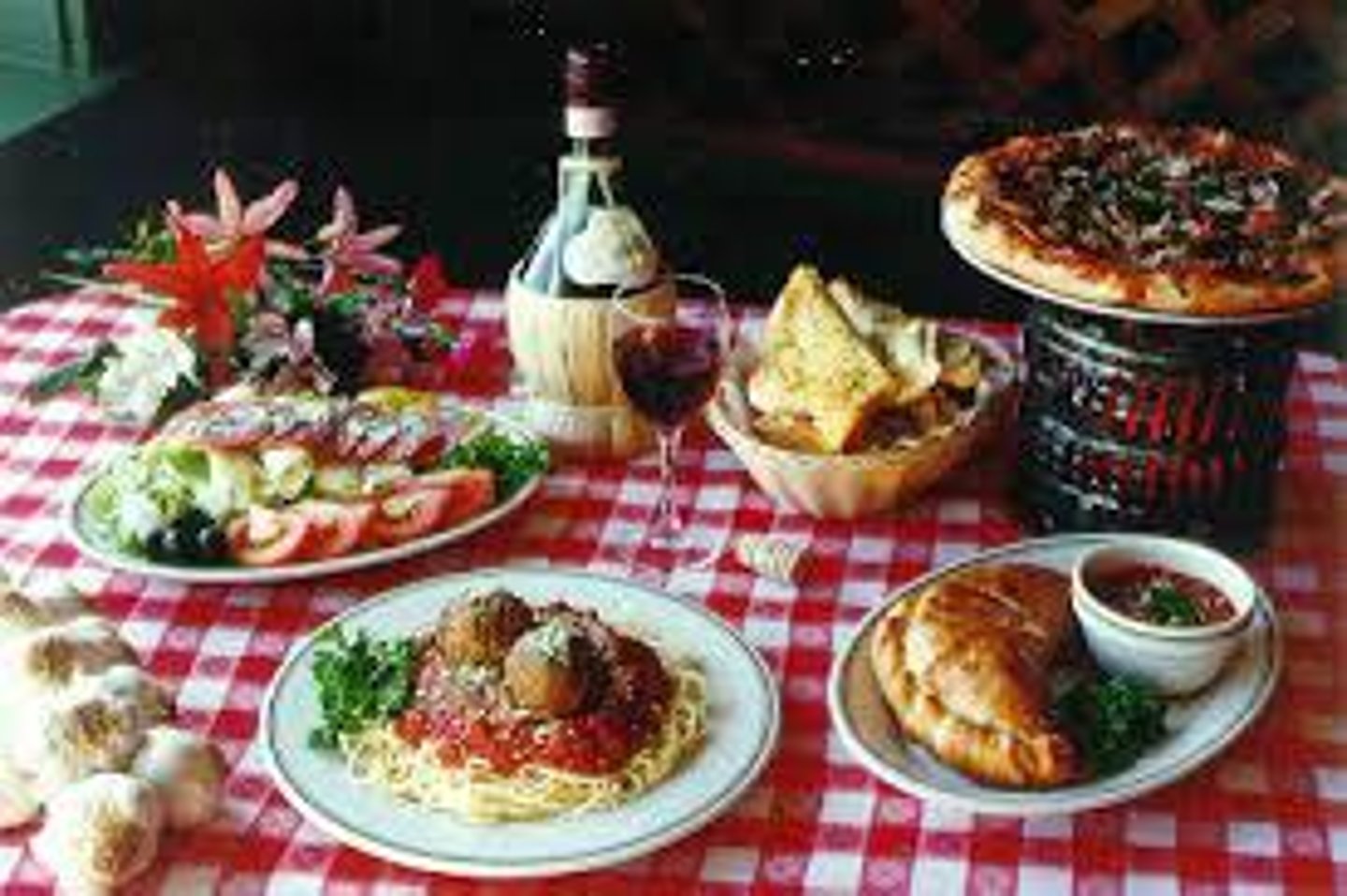
Uniform landscape
The spatial expression of a popular custom in one location being similar to another.
